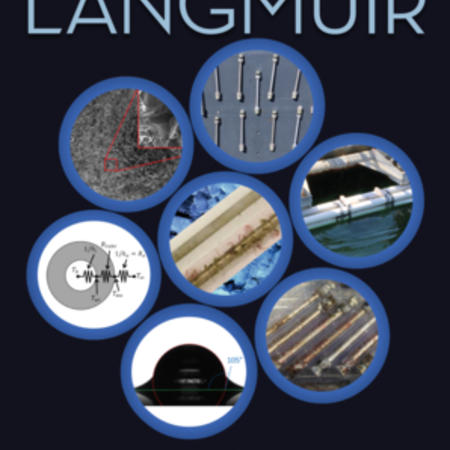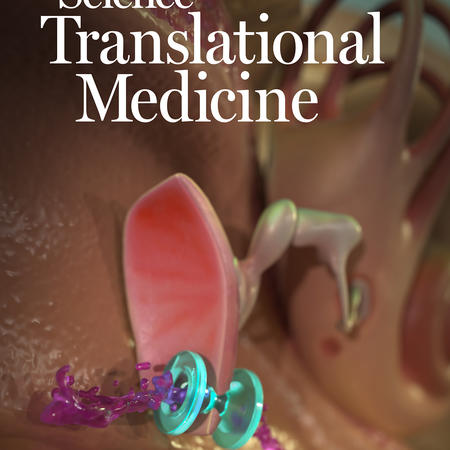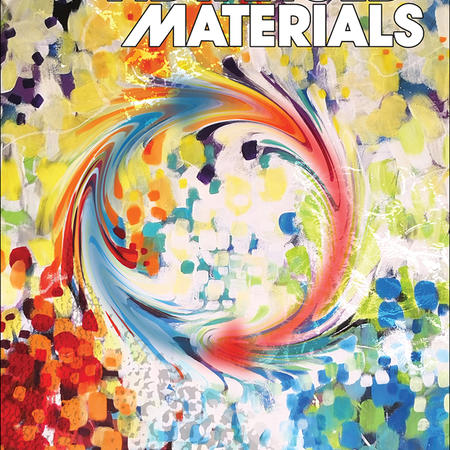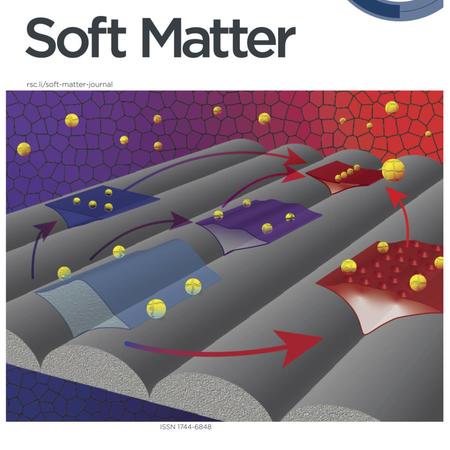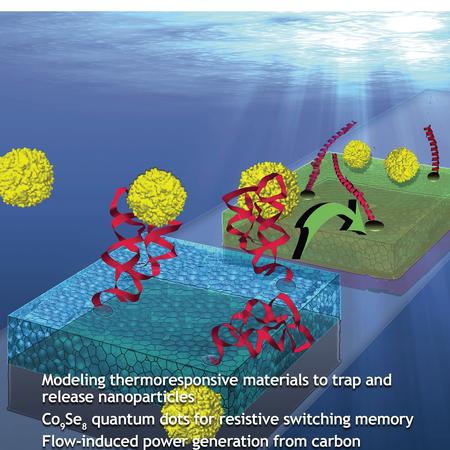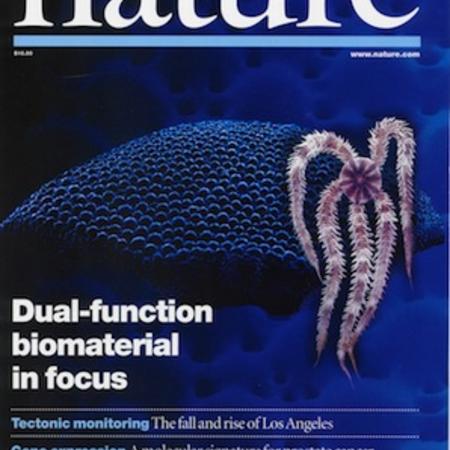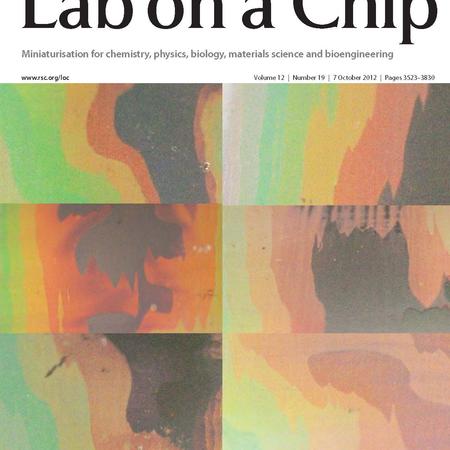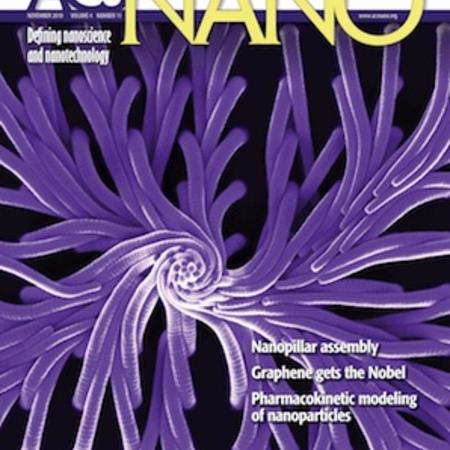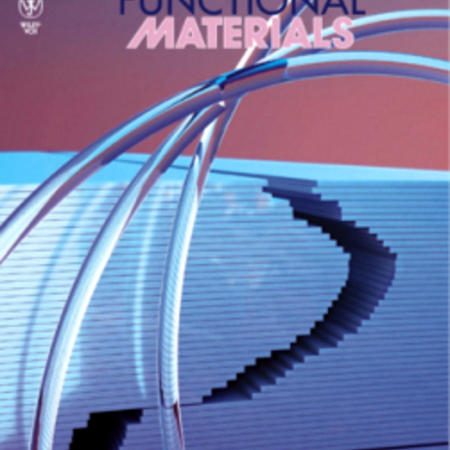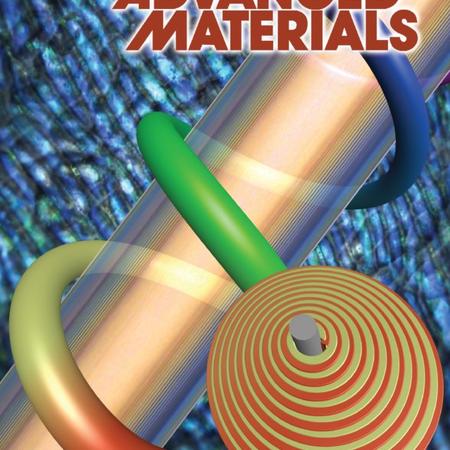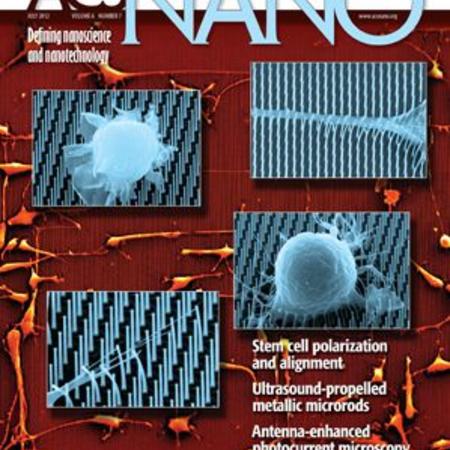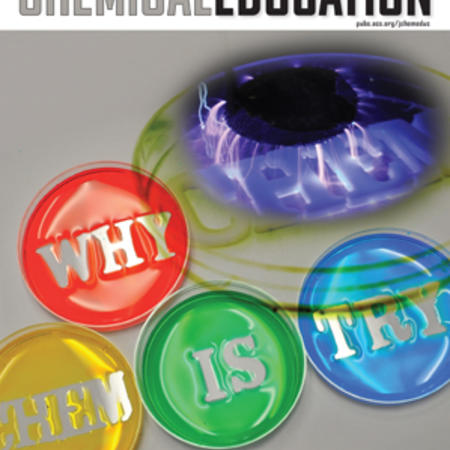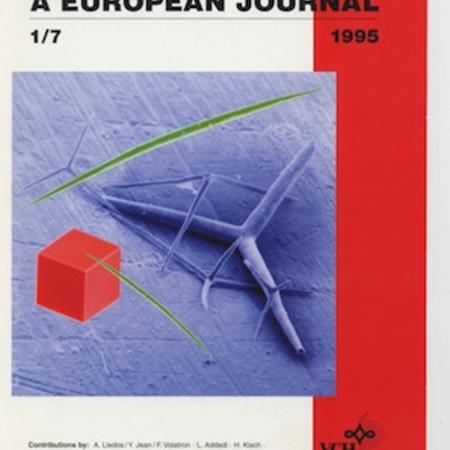Citation:
Abstract:
Porous lubricated surfaces (aka slippery liquid-infused porous surfaces, SLIPS) have been demonstrated to repel various liquids. The origin of this repellency, however, is not fully understood. By using surface-sensitive sum frequency generation vibrational spectroscopy, we characterized the water/oil interface of a water droplet residing on (a) an oil-impregnated nanostructured surface (SLIPS) and (b) the same oil layer without the underlying nanostructures. Different from water molecules in contact with bulk oil without nanostructures, droplets on SLIPS adopt a molecular orientation that is predominantly parallel to the water/oil interface, leading to weaker hydrogen bonding interactions between water droplets and the lubrication film, giving SLIPS their water repellency. Our results demonstrate that the molecular interactions between two contacting liquids can be manipulated by the implementation of nanostructured substrates. The results also offer the molecular principles for controlling nanostructure to reduce oil depletion—one of the limitations and major concerns of SLIPS.
